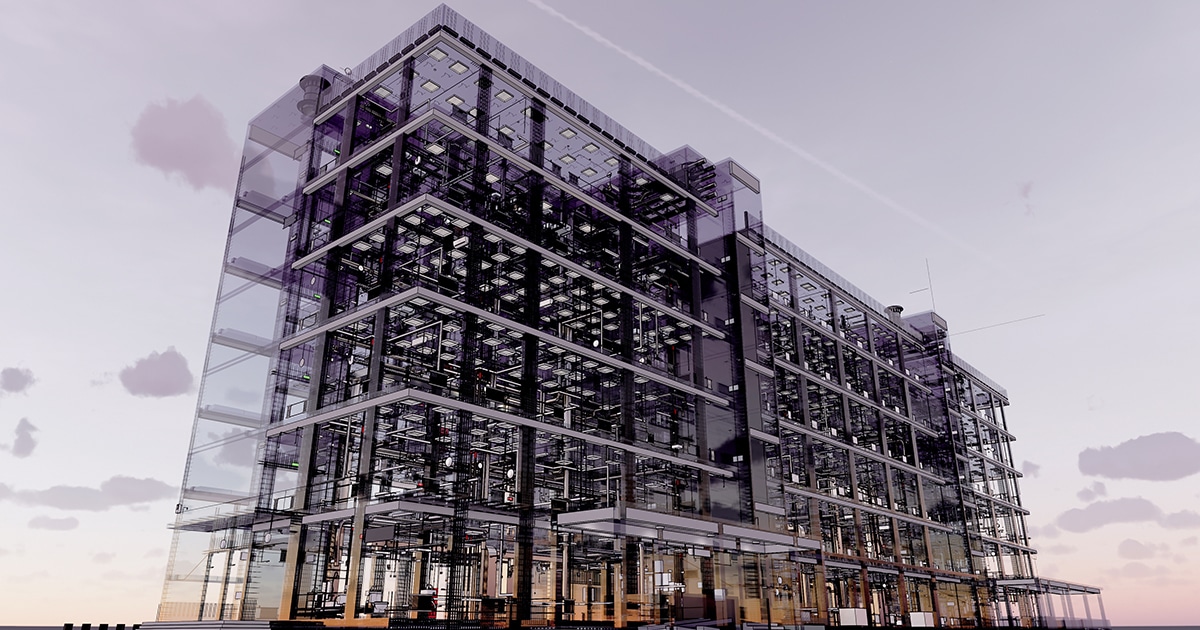KPIs are metrics for evaluating the effectiveness of maintenance operations, regardless of the equipment that needs to be maintained. These “Key Performance Indicators” allow us to better understand the effects of interventions over time, to determine which types of operations work best, and to define areas for improvement and optimization. While some of them can be tracked in Excel, it is easier and more efficient to track maintenance KPIs using a powerful CMMS.
Depending on the sector of activity concerned, the KPIs may vary, but the principle of these indicators remains globally the same for the maintenance of any type of equipment.
General principles for KPIs
Generally speaking, a key performance indicator should be:
- Measurable
- Comprehensible, shareable with other services, and understood by all parties concerned
- Adjustable according to the defined action plan.
What are the 6 major maintenance KPIs?
Maintenance is a service activity that responds to a certain number of specificities and requires expertise, particularly for building maintenance. To evaluate the interventions carried out to keep installations in good condition for their users, the 6 main performance indicators are the following:
- Response time
- Resolution time
- Preventive maintenance rate
- The ratio of corrective maintenance to preventive maintenance
- Travelling time
- Time spent on intervention
The comparison of these indicators according to the buildings or equipment to be maintained is crucial to improve the performance of maintenance teams and to understand the differences. In addition, it is important to follow their evolution over time.
See also: Should you use a CMMS application or Excel to manage maintenance?
Response time
The response time is the time between the creation of a maintenance request and the beginning of the intervention in the field. This interval is a key indicator of a company’s ability to organize its maintenance teams and manage their schedules.
For maximum efficiency, the company must be able to quickly mobilize the necessary resources to resolve a malfunction, damage, or breakdown.
To assess this indicator and organize the teams in the best possible way, CMMS software can be very useful, as it allows the technicians to systematically record their intervention time. In addition, this tool improves performance by simplifying their task in the field. It also allows managers to track the interventions technicians are working on, their estimated duration, and their priority level to improve the organization of the teams.
Resolution time
Resolution time is the average time that it takes to repair or restore installations to an operational condition. It comprises the steps of notification, diagnosis, repair, queue, testing, etc. Resolution time is, therefore, an indicator of a company’s ability to respond to and resolve a problem.
Preventive maintenance coverage rate
Preventive maintenance allows planned interventions to be carried out before problems occur. The preventive maintenance coverage rate is the proportion of planned interventions carried out over a given period.
See also: The role of CMMS in preventive maintenance
Curative/preventive ratio
Most maintenance managers aim to increase the proportion of preventive maintenance over corrective maintenance, as it is generally more effective in terms of asset productivity and prevents installations from being out of service for a period.
Therefore, the curative/preventive ratio represents one of the most important indicators. The objective is to anticipate malfunctions and to reduce time lost due to unforeseen events.
See also: CMMS for Corrective Maintenance

Other maintenance indicators
Other indicators used in industrial maintenance can also be useful in the maintenance of certain buildings.
The efficiency of maintenance operations
Two key indicators for assessing maintenance effectiveness are MTBF and MTTR.
MTBF (Mean Time Between Failure)
MTBF (Mean Time Between Failure) enables us to determine whether the time between two failures or malfunctions of equipment tends to increase or decrease. If the MTBF increases, it means that the equipment is more and more reliable and therefore the maintenance is more efficient.
MTTR (Mean Time To Repair)
MTTR (Mean Time To Repair) serves to determine the downtime of an installation when it is subject to a breakdown or malfunction. The shorter the MTTR, the more effective the maintenance.
Targeting the most vulnerable equipment with maintenance KPIs
Certain indicators allow us to target installations that pose the most maintenance problems so that we can give them special attention or adjust the processes relating to them.
OEE
The OEE indicator, or Overall Equipment Effectiveness, is frequently used by maintenance managers. It indicates the number of breakdowns encountered by an installation and the time spent on its maintenance.
The OEE (calculation example) improves the maintenance of a building by developing preventive maintenance on the equipment that poses the most maintenance problems.
Maintenance costs per equipment or building
This indicator may seem obvious, it is still worth mentioning. The maintenance cost per equipment, generally calculated every year, includes all the costs required for its maintenance:
- Labor costs
- Spare parts used
- Indirect costs (due to being out of service, downtime, etc.)
This indicator allows us to quickly calculate the potential ROI of new equipment by comparing it to the current costs of the equipment used.
Fault diagnostic tree
A diagnostic tree is a tool used by maintenance teams to identify the possible causes of a malfunction and the potential solutions to remedy it. Thanks to the historical records of intervention reports, a tree structure is created listing all the problems encountered, their possible causes, and the applicable remedies. Over time, it becomes an important diagnostic tool for technicians.
FMECA studies
FMECA studies (Failure Modes, Effects, and Criticality Analysis) allow for calculating the criticality rate of each problem/cause/remedy association, based on the maintenance history of each piece of equipment. This formula takes into account several parameters such as equipment downtime, the recurrence of a problem, or the detectability of failures. The FMECA indicator allows maintenance technicians to focus on the most crucial problems.
Monitoring of downtime or immobilization
Thanks to this indicator, it is possible to assess the time during which an installation or a building is unusable.
Monitoring of inventory management
As for any installation, the maintenance of a building implies having a stock of spare parts to make the necessary replacements. Stock monitoring allows for tracking the rotation rate of these parts and to avoid a supply shortage, by anticipating future needs.
By tracking the history of interventions, it is possible to target the parts that need to be stocked based on the usual delivery times of suppliers and the frequency of use of spare parts. It also enables us to define a minimum quantity and to set reorder thresholds to ensure that sufficient stock is available at any time.
In addition, this maintenance KPI allows for the identification of idle, and therefore superfluous, inventory and the assessment of the inventory at any time to avoid excessive fluctuations.
How to monitor your maintenance KPIs?
Some maintenance KPIs can be tracked in Excel. The evolution of data over time can be studied in spreadsheets, but this is a relatively tedious task.
It is therefore highly recommended to use CMMS software designed for real estate purposes to easily and accurately monitor the maintenance KPIs of a building. Modern tools such as Spacewell solutions are user-friendly and promote detailed analysis and sharing of indicators for more efficient maintenance management.









